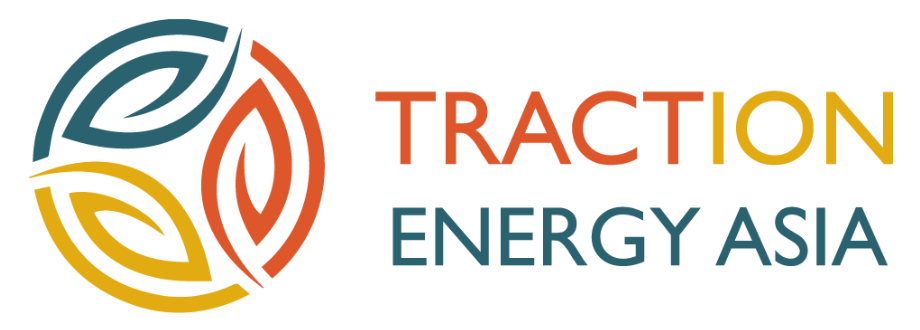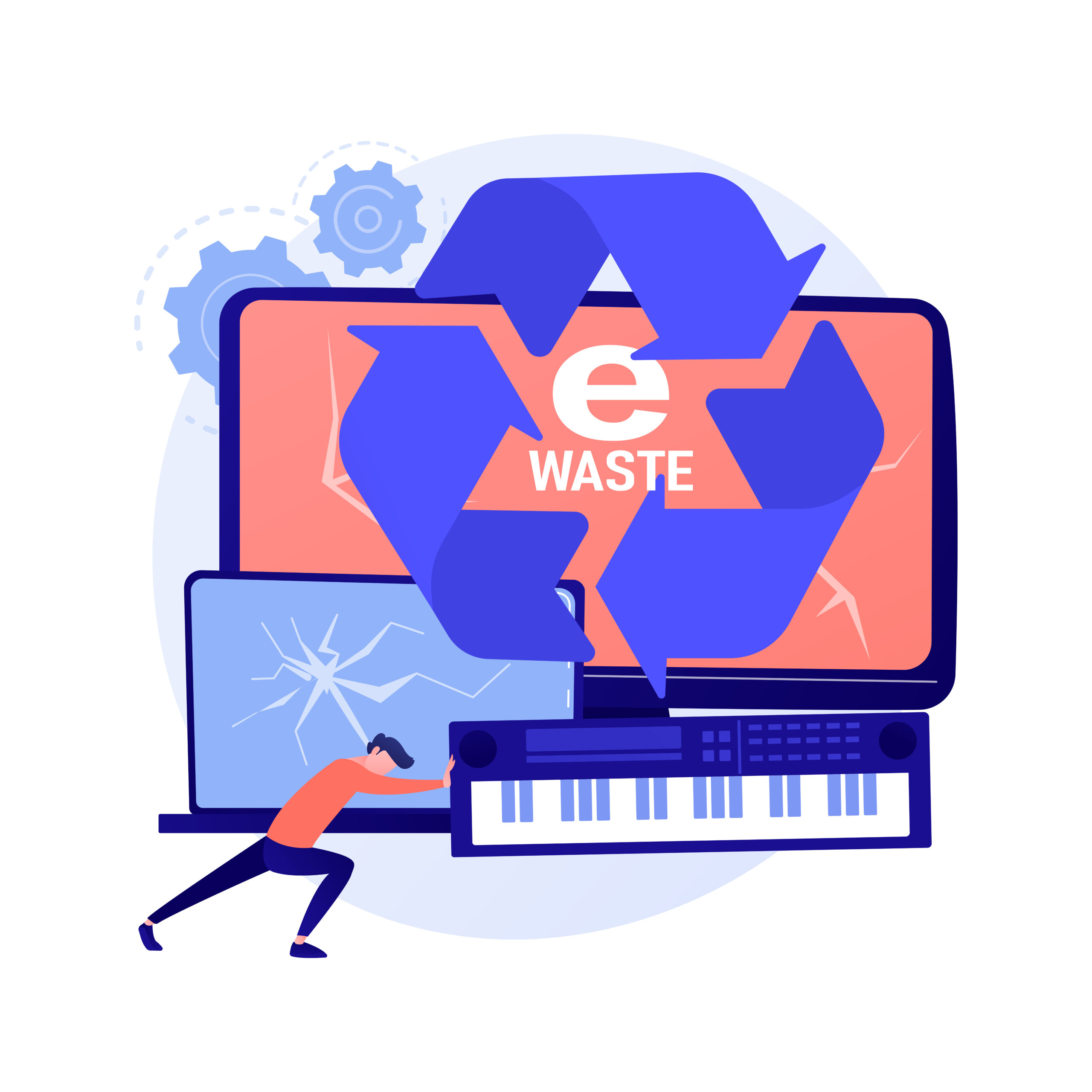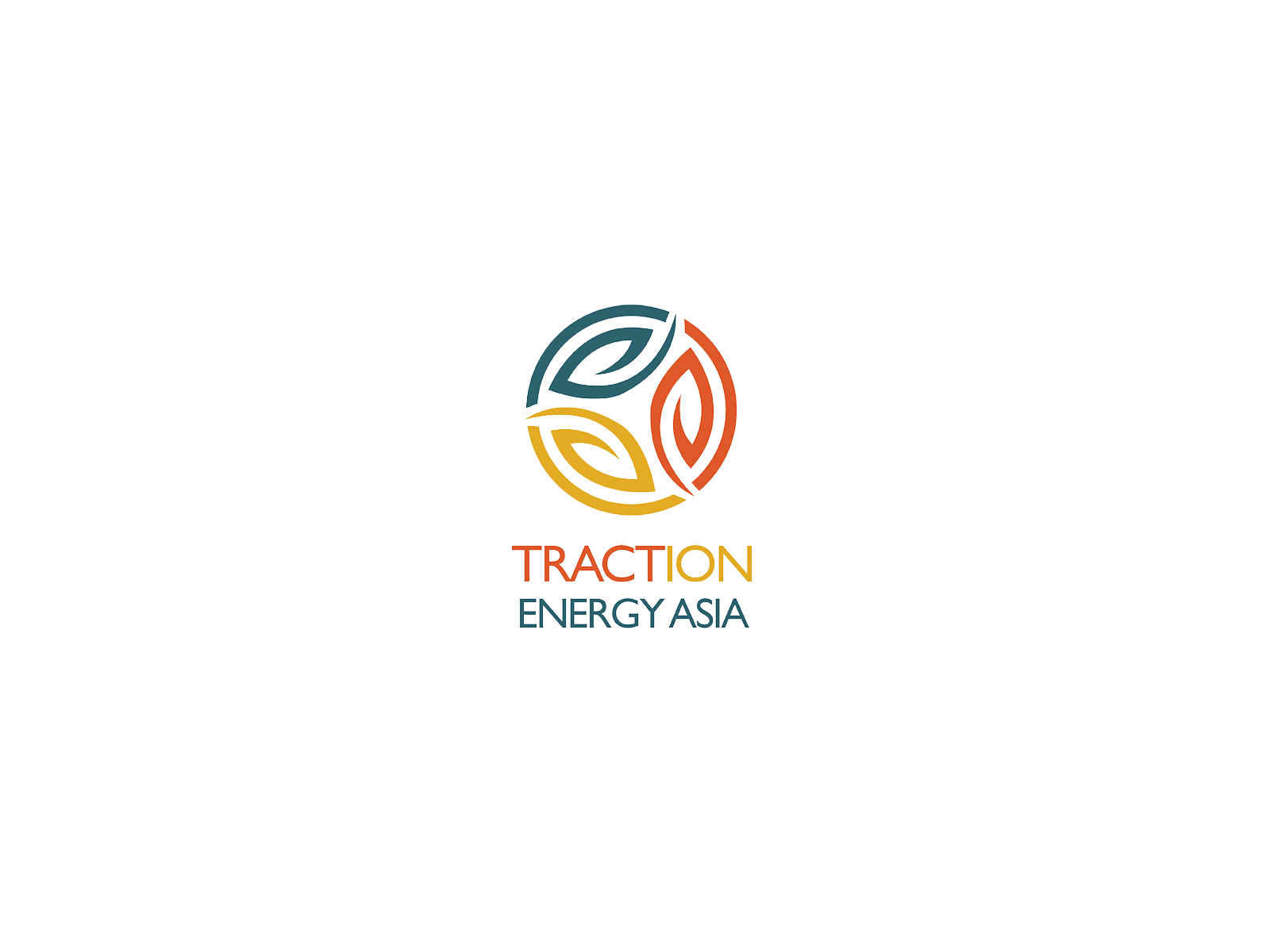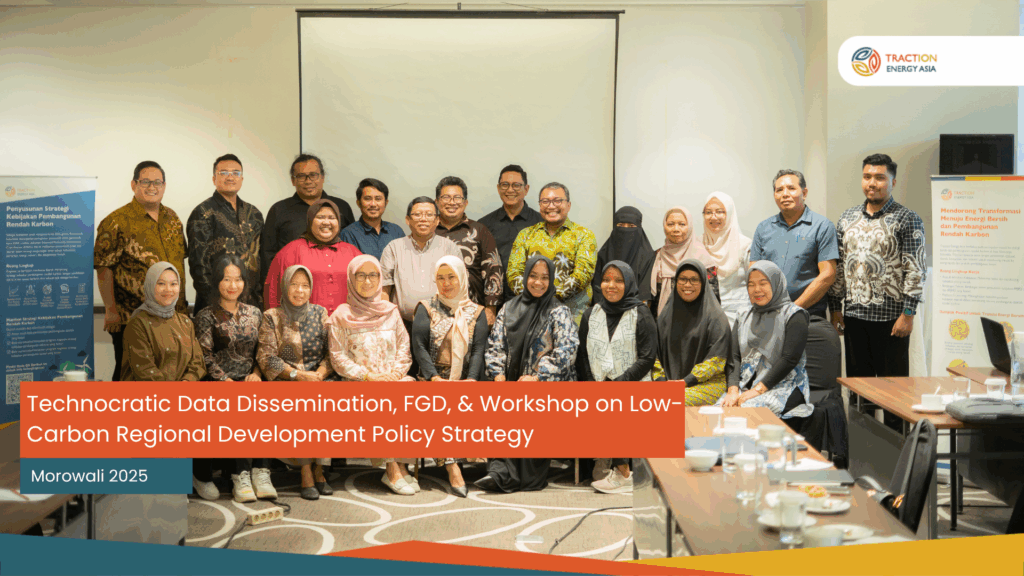
MAKASSAR, May 26, 2025 – Traction Energy Asia, a think tank focused on clean energy transition and low-carbon development, today held a Technocratic Data Dissemination, Focus Group Discussion (FGD), and Workshop on Low-Carbon Regional Development Policy Strategy for Morowali Regency. The event, held at Novotel Makassar Grand Shayla, is part of Traction Energy Asia’s commitment to supporting local government efforts to realize low-carbon development and achieve national greenhouse gas (GHG) emission reduction targets.
This activity was designed with three main objectives:
- Sharing Key Findings: Presenting important data on how Morowali’s economy can grow based on sustainable principles (green GDP), environmentally friendly spatial planning (sustainable RTRW), and initial data on the amount of greenhouse gas (GHG) emissions in Morowali. The aim is for all parties to have a clear picture of Morowali’s current conditions.
- Group Discussion for Strategy: Conducting a focused group discussion (FGD) to gather the best ideas and input. This is important for refining Morowali’s low-carbon development strategies and programs.
- Program Integration Workshop: Providing practical training to regional government officials. This training aims to enable them to incorporate low-carbon development programs into Regional Action Plans (RAD), such as the Regional Medium-Term Development Plan (RPJMD) and the Regional Government Work Plan (RKPD).
Overall, the main goal of this activity is to strengthen the Morowali Regency government’s ability to design and implement low-carbon development strategies.
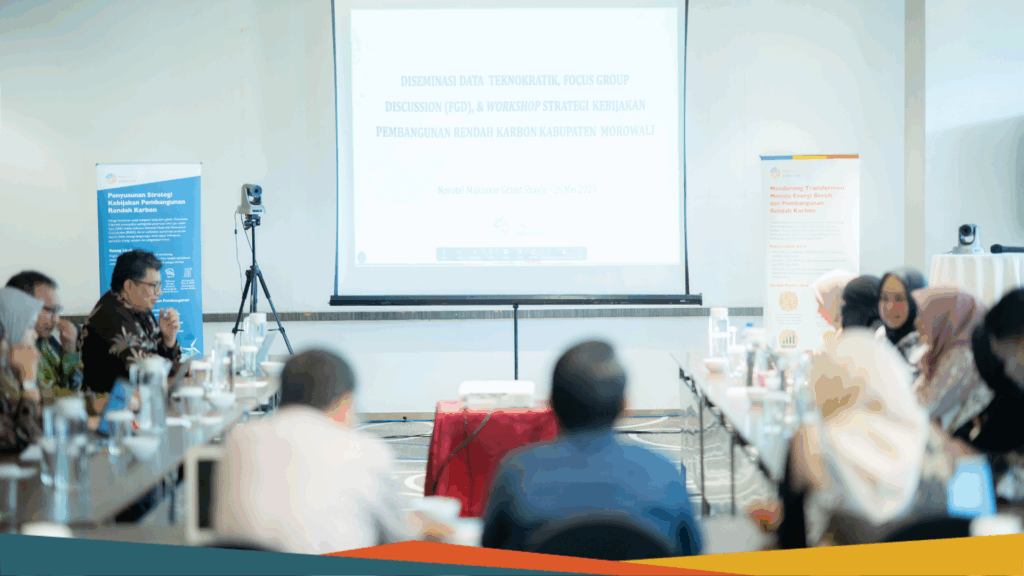
The event was attended by key representatives from various Regional Government Organizations (OPD) in Morowali Regency, including Bappelitbangda, Housing, Settlement, and Land Affairs Office, Population and Civil Registration Office, Health, Population Control, and Family Planning Office, Trade and Industry Office, Public Works and Spatial Planning Office, Environment Office, Morowali Regency BPS, Fisheries Office, Agriculture and Food Security Office, and Communication and Informatics Office.
The objective of low-carbon development is to encourage sustainable economic growth while reducing negative environmental impacts. Priority sectors for development in the application of a low-carbon economy are based on economic sectors in Morowali Regency that have high output multipliers (Pro-growth), large income multipliers (Pro-poor), and high labor absorption multipliers (Pro-job), but low emission multipliers (Pro-environment). Based on these criteria, the Seasonal and Annual Plantation sector is one of the 10 economic sectors in Morowali Regency that has a high output multiplier (1.0327), high income (0.4158), and high labor absorption (9.64 people per 1 billion rupiah investment), yet a low emission multiplier (0.00000064).
From the perspective of spatial planning and territory, Morowali Regency possesses significant renewable energy potential distributed across several areas, particularly in the form of solar and hydro energy. This potential serves as a crucial asset in the transition towards a cleaner and low-carbon energy system. Here are some key findings:
- Solar Energy (PLTS): The technical potential reaches 1,308 MWp, evenly distributed across almost all sub-districts, with an average daily solar radiation of 5.1 kWh/m²/day. This amount can meet the electricity needs of approximately 321,000 to 428,000 households in Morowali. This figure is based on the assumption of an average household electricity consumption of about 5,348 kWh per year.
- Hydro Energy (PLTM): There is PLTM potential in mountainous areas such as Bungku Timur and Bahodopi sub-districts with small to medium capacities. These renewable energy development areas are directed towards regions with available non-productive land, accessibility to transmission networks, and local energy needs such as rural areas and new growth zones. The development strategy aims to support the reduction of dependence on diesel power plants (PLTD) and fossil-based energy in remote areas.
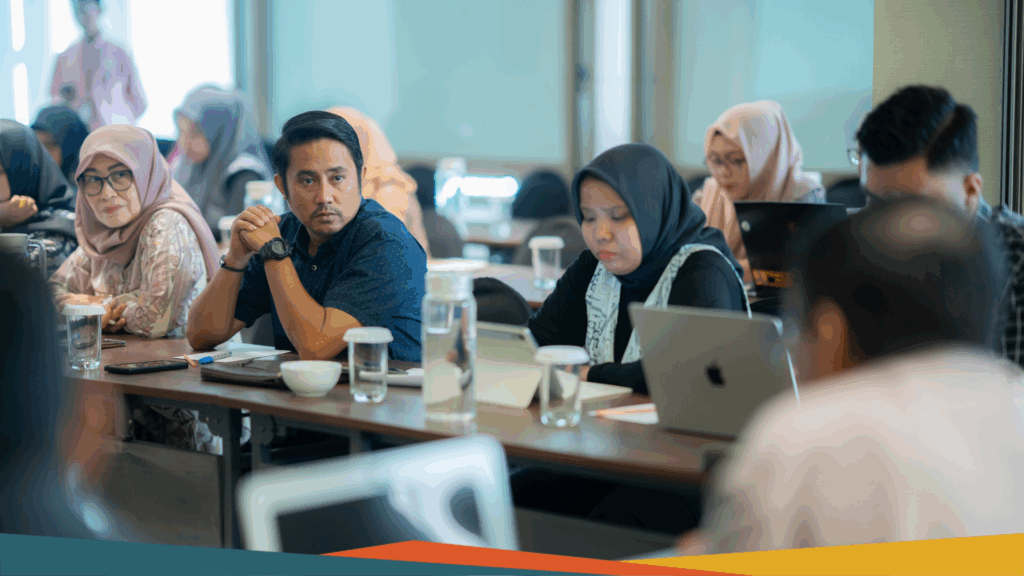
Furthermore, the analysis of GHG emission calculations in Morowali Regency for the period 2011-2022 shows a consistently increasing trend. The year with the highest GHG emissions was 2022, at 8,718.50 Gg CO2eq, and the year with the lowest GHG emissions was 2011, at -1,337.03 Gg CO2eq. Based on the key category analysis, the three sub-sectors contributing the largest GHG emissions in Morowali Regency are as follows:
- Electricity production at 80.38%;
- Land cover at 12.78%; and
- Transportation at 5.38%.
Meanwhile, based on the baseline projection of GHG emissions using the Business as Usual (BAU) scenario, it is estimated that by 2030, GHG emissions in Morowali Regency will reach 14,530.44 Gg CO2eq, and by 2045, GHG emissions will reach 35,477.80 Gg CO2eq.
The analyzed data will form the basis for preparing the Low-Carbon Regional Development Policy Strategy document as part of the collaboration between Traction Energy Asia and Morowali Regency. It is hoped that this technocratic document can serve as a foundation for regional development planning in Morowali Regency. This aligns with Traction Energy Asia’s commitment to promote low-carbon development and Morowali Regency’s 2025-2045 vision of realizing advanced, equitable, and prosperous sustainable development.
